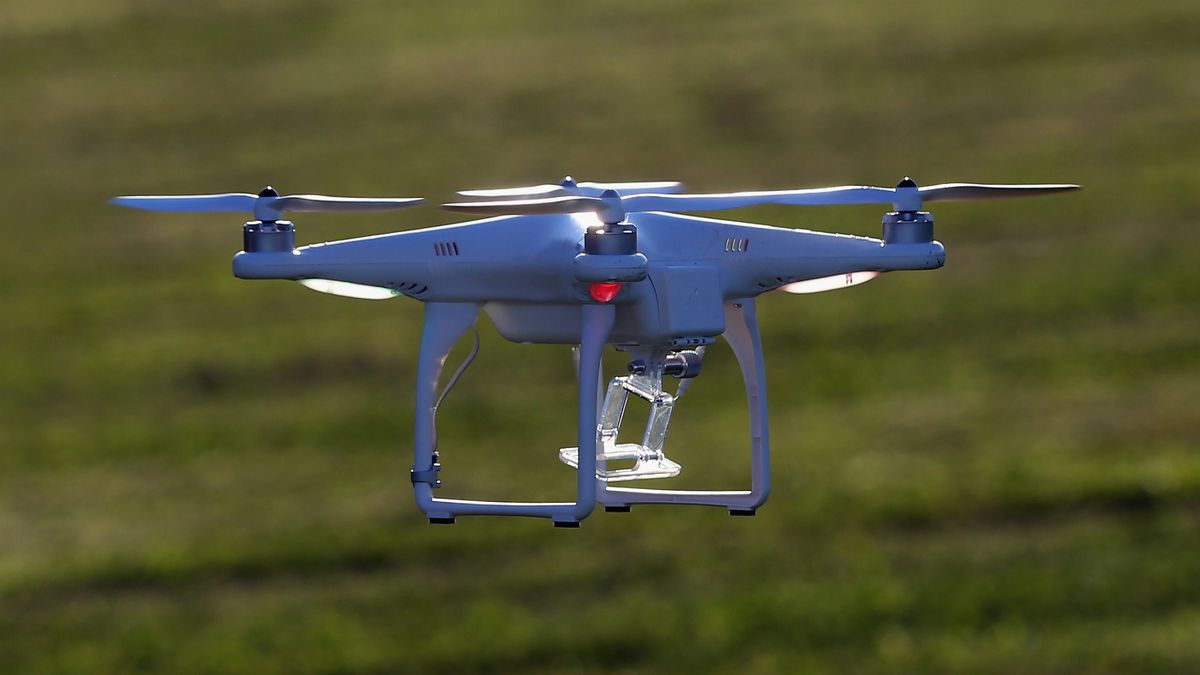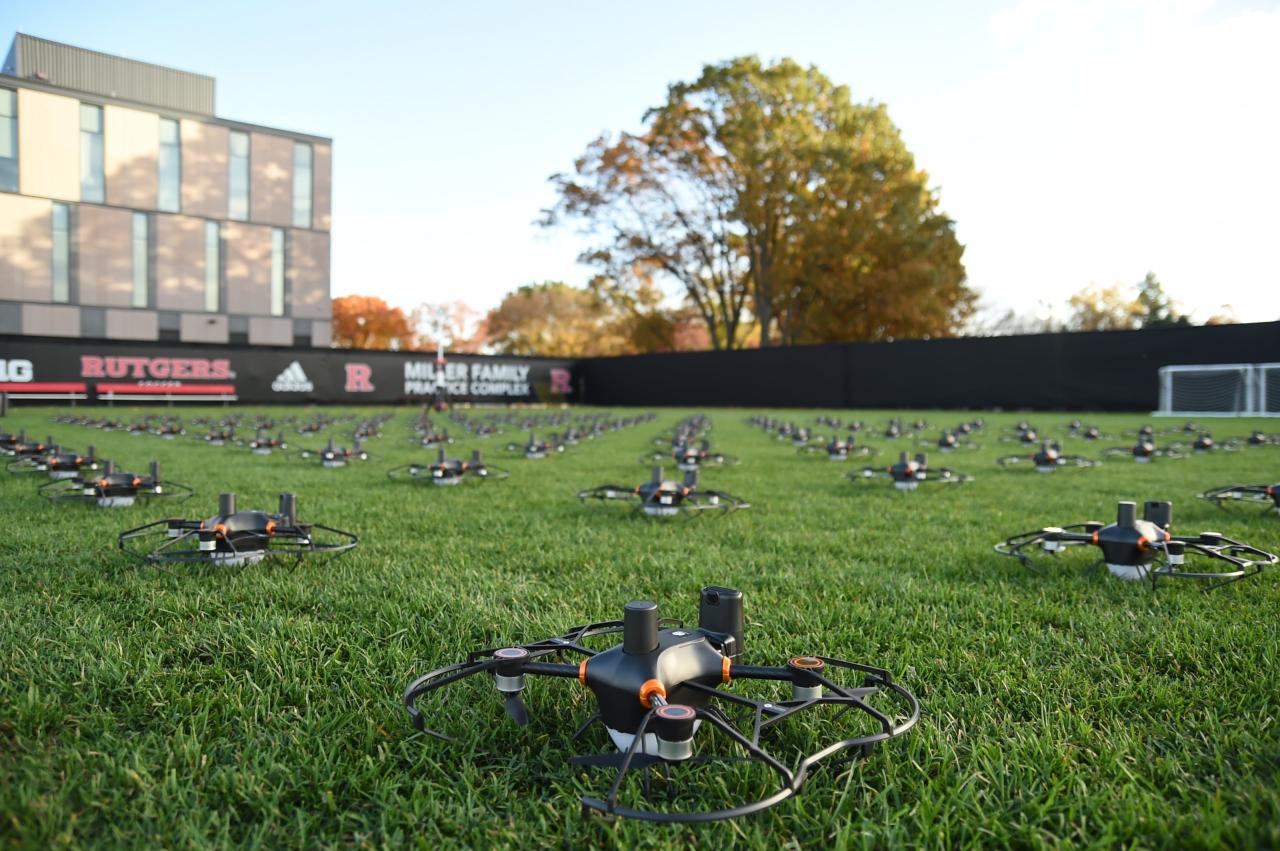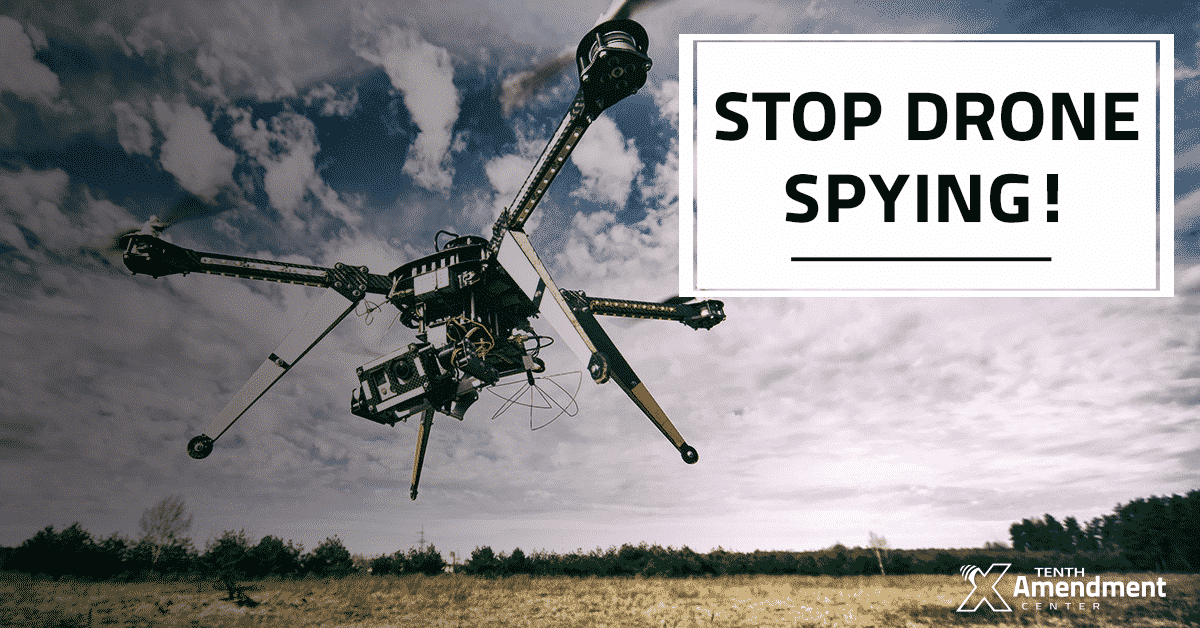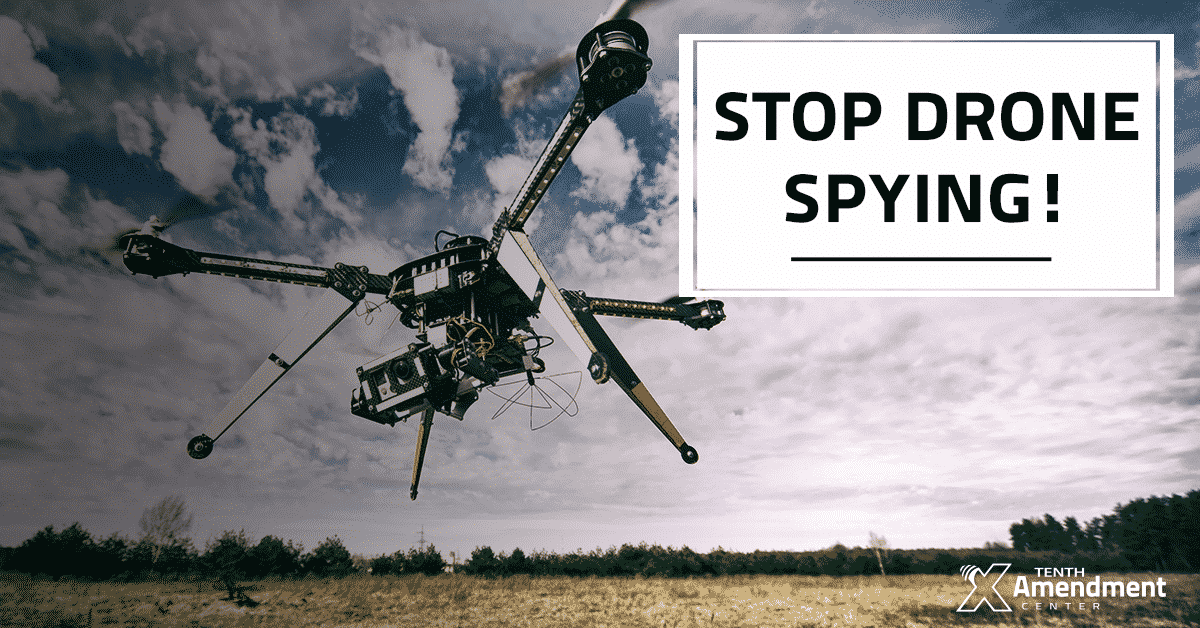Drones Over New Jersey Solved: This investigation delves into the recent surge of unauthorized drone activity in New Jersey, examining the specific incidents, the types of drones involved, and the legal and technological responses implemented. We’ll explore the challenges posed by these unmanned aerial vehicles, the evolving regulatory landscape, and the crucial role of public awareness in mitigating future risks.
The recent concerns regarding unauthorized drone activity over New Jersey seem to have been addressed. Interestingly, the advancements in drone technology, particularly in areas like air taxi development, are quite impressive; companies like archer aviation are pushing boundaries. This rapid progress in the field might offer solutions for future airspace management and help prevent similar incidents involving drones over New Jersey.
The narrative will weave together factual accounts with insightful analyses to offer a comprehensive understanding of this emerging issue.
The report details five significant drone incidents, analyzing their impact on public safety and infrastructure. A comparison of drone capabilities—flight range, camera quality, payload capacity—will be presented, alongside a thorough examination of New Jersey state laws and federal regulations governing drone operation, including associated penalties. We will also explore law enforcement strategies, technological tools for drone detection and interception, and successful intervention examples.
Finally, we’ll Artikel a public awareness campaign designed to promote responsible drone usage.
Recent Drone Incidents and Their Impact on New Jersey: Drones Over New Jersey Solved

The increasing prevalence of drones in New Jersey has led to a rise in incidents impacting public safety and infrastructure. This necessitates a comprehensive understanding of these events, the types of drones involved, relevant legal frameworks, law enforcement responses, and public awareness initiatives. The following sections detail recent incidents, analyze drone capabilities, explore legal aspects, examine law enforcement strategies, propose a public awareness campaign, and discuss future implications.
Significant Drone Incidents in New Jersey (Last Year)

The following table summarizes five significant drone-related incidents reported in New Jersey within the last year. Note that specific details may be limited due to ongoing investigations or privacy concerns. Data is presented as a general overview for illustrative purposes.
| Date | Location | Description | Outcome |
|---|---|---|---|
| October 26, 2023 | Near Newark Liberty International Airport | Drone sighted near airport airspace, causing temporary flight delays. | Drone operator identified and fined; flight operations resumed. |
| August 15, 2023 | Atlantic City | Drone crashed into a residential building, causing minor damage. | Investigation ongoing; potential charges against the operator. |
| June 10, 2023 | Princeton University Campus | Drone carrying a small package was observed flying over restricted airspace. | University security apprehended the operator; drone confiscated. |
| March 5, 2023 | Route 78, Middlesex County | Drone flew dangerously close to highway traffic, causing a brief traffic slowdown. | State Police responded; operator not identified. |
| January 20, 2023 | Near a power substation in Bergen County | Drone was observed flying near critical infrastructure. | Increased security measures implemented at the substation; operator unidentified. |
These incidents highlight the potential for drones to disrupt air traffic, damage property, compromise infrastructure security, and pose risks to public safety. The consequences range from minor inconveniences to significant safety hazards, emphasizing the need for stricter regulations and enhanced enforcement.
Types of Drones Involved in New Jersey Incidents
Several types of drones are commonly involved in incidents across New Jersey. Their capabilities vary significantly, influencing the potential impact of their misuse.
The recent drone activity over New Jersey has finally been addressed, with authorities implementing stricter regulations. Interestingly, the advanced camera technology used in some surveillance efforts reminds me of the high-resolution capabilities showcased on the port dover camera website; such technology could significantly improve future drone detection and monitoring systems in New Jersey. Ultimately, these advancements should lead to more effective solutions for managing unauthorized drone flights.
- Consumer Drones (e.g., DJI Mavic, Parrot Anafi): These are readily available, relatively inexpensive, and offer decent flight times and camera quality. However, their payload capacity is limited.
- Professional Drones (e.g., DJI Inspire, Autel Evo): These offer extended flight times, higher-resolution cameras, and greater payload capacity, suitable for professional photography, videography, and inspections. Their advanced features can also facilitate more sophisticated illegal activities.
- DIY Drones (custom-built): These drones can be customized for specific purposes, potentially increasing their range, payload, and other capabilities, making them difficult to detect and track.
The diversity of drone types underscores the challenge in establishing comprehensive regulatory frameworks and effective enforcement strategies. The capabilities of each type directly influence the potential severity of incidents involving their misuse.
New Jersey Drone Laws and Regulations, Drones over new jersey solved
Drone operation in New Jersey is governed by a combination of state and federal laws. Federal regulations, primarily under the FAA’s Part 107, dictate airspace restrictions, pilot certification requirements, and operational limitations. New Jersey state laws may add further restrictions, particularly concerning privacy and public safety.
Penalties for violating these regulations can include hefty fines, suspension or revocation of pilot certificates, and even criminal charges in cases involving reckless operation or intentional harm. The legal framework aims to balance the benefits of drone technology with the need to protect public safety and individual privacy.
Law Enforcement Response and Technologies
New Jersey law enforcement agencies employ various strategies to address illegal drone activity. These include increased surveillance, specialized drone detection systems, and collaboration with federal agencies. Technological tools like radar systems, radio frequency detectors, and drone jamming technology are used to detect, track, and potentially neutralize unauthorized drones.
Successful interventions often involve a combination of proactive monitoring, rapid response capabilities, and effective coordination among different agencies. For instance, a recent incident near a major bridge involved the successful use of a counter-drone system to safely disable an errant drone.
Public Awareness and Education Campaign

A comprehensive public awareness campaign is crucial to promote responsible drone use. The campaign should utilize various media channels (social media, public service announcements, educational workshops) to disseminate key messages.
Key messages should include: understanding airspace restrictions, obtaining proper certifications, adhering to safety guidelines, respecting privacy, and reporting suspicious drone activity. A sample infographic could use clear visuals: a map depicting airspace restrictions around airports and sensitive areas; icons illustrating safe drone operation practices; and a concise summary of relevant laws and penalties. The color scheme should be visually appealing and the text easily readable.
Future Implications and Technological Advancements
Future challenges include the increasing sophistication of drones, the potential for malicious use (e.g., drone swarms), and the need for advanced counter-drone technologies. Emerging technologies such as AI-powered drone detection systems, advanced GPS jamming techniques, and autonomous counter-drone platforms will significantly impact drone regulation and enforcement.
A speculative future scenario could involve a coordinated swarm of drones disrupting a major sporting event. Authorities would respond using a combination of drone detection systems, GPS jamming, and specialized counter-drone units, illustrating the need for proactive measures and technological advancements to maintain public safety in the face of evolving drone technology.
Ultimately, addressing the challenges posed by drones in New Jersey requires a multifaceted approach. Effective law enforcement strategies, coupled with robust regulations and a well-informed public, are crucial for ensuring both public safety and the responsible use of this rapidly evolving technology. The future of drone regulation hinges on a proactive and adaptable response to technological advancements, continuously evolving strategies to counter emerging threats, and sustained public education initiatives.
The hope is for a future where drones are utilized safely and responsibly, contributing positively to the state’s infrastructure and economy without compromising security.
Question & Answer Hub
What are the most common types of drones used illegally in New Jersey?
Commonly, smaller, commercially available drones with readily available modifications for extended range and enhanced camera capabilities are used.
What is the process for reporting an illegal drone sighting in New Jersey?
Contact your local law enforcement agency immediately. Provide as much detail as possible, including location, time, drone description, and any observed activity.
Are there any drone-flying exceptions permitted in New Jersey despite regulations?
Specific exceptions may exist for law enforcement, emergency services, and certain research purposes; these require prior authorization and adherence to strict guidelines.
What are the potential long-term implications of unchecked drone usage in New Jersey?
Potential long-term implications include increased risks to public safety, infrastructure damage, privacy violations, and the need for even more extensive regulatory frameworks.
